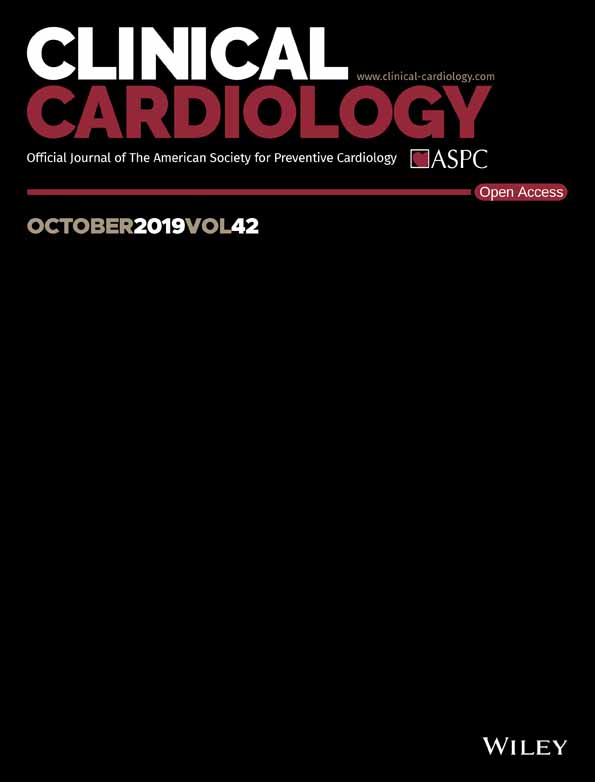Contemporary benefit-harm profile over two decades in primary prophylactic ICD-therapy
Abstract
Background
Implantable cardioverter defibrillator (ICD) was implemented into clinical routine more than 20 years ago. Since then, ICD therapy became standard therapy for primary and secondary prevention of sudden cardiac death in clinical practice.
Objectives
Aim of the study was to evaluate the benefit-harm profile of contemporary primary prophylactic ICD therapy.
Methods
A total of 1222 consecutive patients of a prospective single-center ICD-registry were analyzed who underwent primary prophylactic ICD implantation between 2000 and 2017. Patients were divided into two groups according to the implantation year: 2010-2017 (group 1, n = 579) and 2000-2009 (group 2, n = 643).
Results
The rate of estimated appropriate ICD therapy after 8 years was 51% in the 2000s and 42% in the 2010s (P < .001). The complication rate changed slightly from 53% to 47% (P = .005). This decline was mainly driven by the reduction of inappropriate ICD shocks (30% vs 14%, P < .001) whereas the rate of ICD shock lead malfunction and device/ lead infection remained unchanged over time. Nonischemic cardiomyopathy was an independent predictor for ICD complications without benefit of ICD therapy (HR 1.37, 95% CI 1.07-1.77).
Conclusion
The ICD therapy rate for ventricular arrhythmias in patients with primary prophylactic ICD implantation is decreasing over the last two decades. Complication rate remains high due to an unchanged rate of ICD shock malfunctions and device infections. Nonischemic cardiomyopathy is an independent predictor for ICD complications without benefit of ICD therapy in primary prophylactic ICD-therapy.
CONFLICT OF INTEREST
The authors declare no potential conflict of interests.




